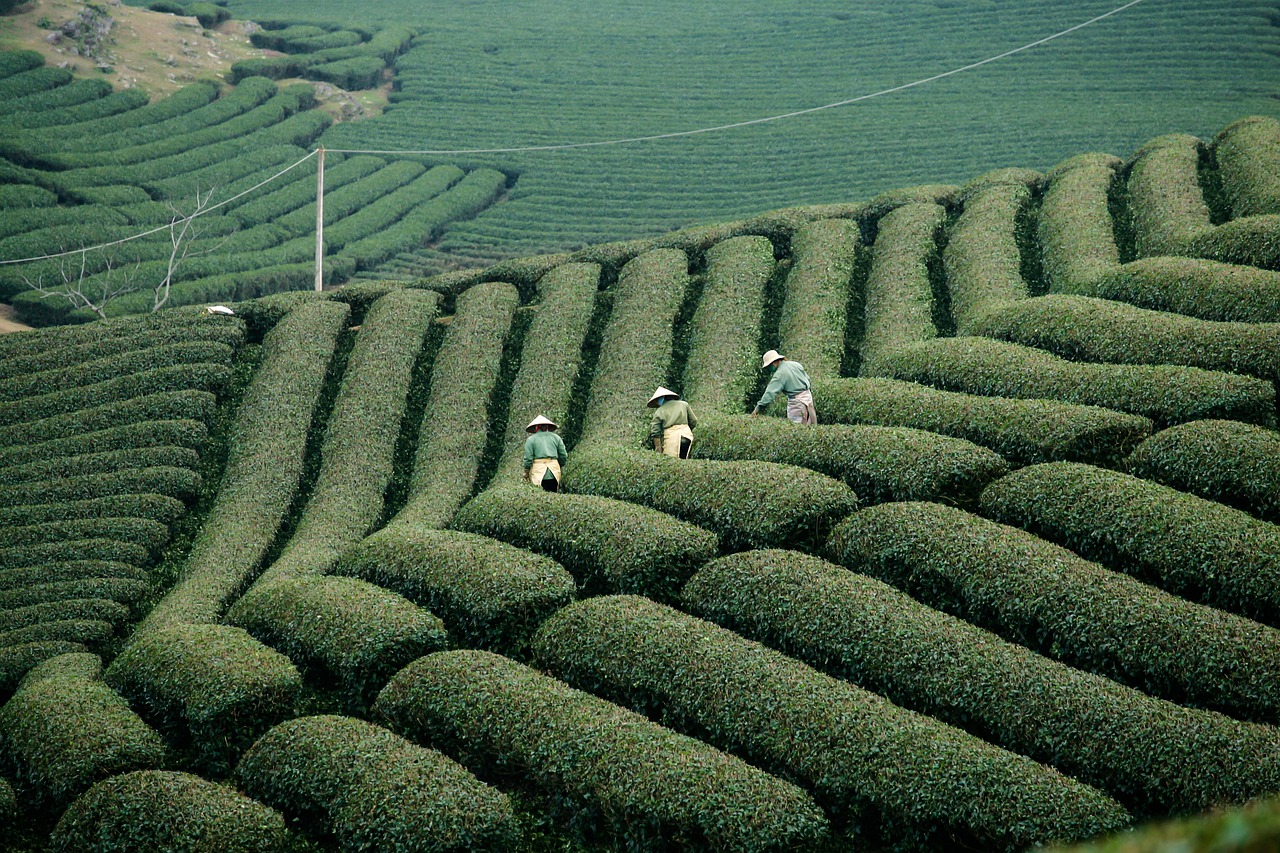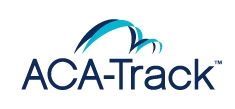
Field management systems have revolutionized the agricultural sector by providing tools and technologies that streamline farm operations, enhance productivity, and optimize resource use. However, the effectiveness of these systems largely depends on their usability. The importance of user experience (UX) and interface design in making field management systems accessible and easy to use for farmers cannot be overstated. This article delves into the significance of UX and interface design, focusing on how these elements can improve accessibility, ease of use, and overall adoption among farmers. Additionally, it will touch upon the integration of advanced features such as Pest and disease forecasting.
The Role of User Experience (UX) in Field Management Systems
User experience encompasses all aspects of a user’s interaction with a product, system, or service. In the context of field management systems, UX involves the design of the system’s interfaces, the intuitiveness of its features, and the overall satisfaction derived from its use.
1. Enhancing Accessibility
Accessibility is crucial in ensuring that field management systems are usable by all farmers, regardless of their technical expertise or physical abilities. Key aspects of accessibility include:
- Language Options: Providing multilingual support to cater to diverse user bases.
- Readable Fonts and Clear Labels: Using large, readable fonts and clear, concise labels to ensure that information is easily understandable.
- Assistive Technologies: Integrating features that support screen readers and other assistive technologies for farmers with visual impairments.
By focusing on accessibility, developers can ensure that field management systems are inclusive and usable by a wider audience, thereby maximizing their impact.
2. Simplifying Navigation
A well-designed user interface (UI) should offer a clear and intuitive navigation structure. This involves:
- Logical Layout: Organizing features and information in a logical manner that aligns with the user’s workflow.
- Minimalist Design: Avoiding clutter and unnecessary elements that can overwhelm users.
- Consistent Icons and Buttons: Using familiar icons and buttons to guide users through the system without confusion.
Simplified navigation ensures that farmers can quickly find the tools and information they need, reducing the time spent on learning and using the system.
3. Intuitive Workflow Integration
Field management systems should seamlessly integrate into the existing workflows of farmers. This can be achieved by:
- Customizable Dashboards: Allowing users to customize their dashboards to display the most relevant information and tools.
- Contextual Help and Tutorials: Providing on-screen tips, tutorials, and guides to help users understand how to use different features.
- Task Automation: Automating repetitive tasks to save time and reduce manual errors.
By aligning the system’s design with the natural workflow of farming activities, developers can enhance user satisfaction and productivity.
4. Feedback and Support Mechanisms
Effective UX design includes mechanisms for feedback and support, such as:
- User Feedback Forms: Allowing users to submit feedback on their experience and suggest improvements.
- In-App Support: Providing easy access to support resources, such as FAQs, chat support, and help documentation.
- Regular Updates: Responding to user feedback with regular updates and enhancements to the system.
These mechanisms ensure that farmers feel supported and valued, encouraging continuous use and engagement with the system.
The Importance of Interface Design in Field Management Systems
Interface design is a critical component of UX that focuses on the look and feel of the system. A well-designed interface can significantly impact the usability and adoption of field management systems.
1. Visual Hierarchy
Visual hierarchy involves arranging elements on the interface in a way that guides the user’s attention to the most important features first. This includes:
- Highlighting Key Actions: Using color contrast, size, and placement to highlight primary actions and features.
- Grouping Related Elements: Organizing related tools and information into groups for easier navigation.
- Whitespace Utilization: Employing whitespace effectively to avoid clutter and improve readability.
A clear visual hierarchy helps users navigate the system efficiently, ensuring that they can quickly access essential tools and information.
2. Consistency and Familiarity
Consistency in interface design fosters familiarity and reduces the learning curve for users. This includes:
- Uniform Design Elements: Maintaining consistency in fonts, colors, buttons, and icons throughout the system.
- Standard Navigation Patterns: Using familiar navigation patterns, such as tabs and dropdown menus, to help users intuitively understand how to navigate the system.
- Predictable Interactions: Ensuring that similar actions produce similar results, enhancing user confidence and reducing errors.
Consistency and familiarity in interface design make the system easier to learn and use, increasing user satisfaction and adoption.
3. Responsive Design
Responsive design ensures that the system is accessible on various devices, including smartphones, tablets, and desktops. Key aspects of responsive design include:
- Adaptive Layouts: Automatically adjusting the layout to fit different screen sizes and orientations.
- Touch-Friendly Controls: Designing controls that are easy to use on touchscreens, such as large buttons and swipe gestures.
- Offline Access: Providing offline functionality for farmers in remote areas with limited internet connectivity.
Responsive design enhances the versatility and usability of field management systems, allowing farmers to access and use the system from anywhere, at any time.
4. Data Visualization
Effective data visualization is essential for helping farmers understand and act on the information provided by the field management system. This includes:
- Interactive Charts and Graphs: Using interactive visualizations to represent data trends and patterns clearly.
- Heat Maps and Geographic Information Systems (GIS): Displaying spatial data on maps to help farmers visualize field conditions and management zones.
- Real-Time Updates: Providing real-time data updates to ensure that farmers have the most current information for decision-making.
Data visualization transforms complex data into actionable insights, enabling farmers to make informed decisions quickly and efficiently.
Integrating Advanced Features: Pest and Disease Forecasting
One of the significant benefits of modern field management systems is the ability to integrate advanced features such as pest and disease forecasting. These features leverage data analytics and predictive modeling to provide farmers with early warnings and actionable insights.
1. Predictive Analytics
Predictive analytics uses historical data and algorithms to forecast future events. In the context of pest and disease forecasting, this involves:
- Historical Data Analysis: Analyzing historical pest and disease occurrences to identify patterns and trends.
- Weather Data Integration: Incorporating weather data to predict conditions conducive to pest and disease outbreaks.
- Machine Learning Models: Using machine learning models to refine predictions based on real-time data.
Predictive analytics helps farmers anticipate and mitigate the impact of pests and diseases, improving crop health and yield.
2. Real-Time Monitoring
Field management systems can provide real-time monitoring of field conditions, including:
- Sensor Data: Collecting data from sensors placed in the field to monitor soil moisture, temperature, humidity, and other relevant parameters.
- Remote Sensing: Using satellite imagery and drones to monitor crop health and detect early signs of pest or disease issues.
- Alert Systems: Implementing alert systems that notify farmers of potential pest or disease threats based on real-time data.
Real-time monitoring enables proactive management, allowing farmers to take timely actions to protect their crops.
3. Decision Support Tools
Decision support tools within field management systems can help farmers make informed decisions by:
- Risk Assessment: Assessing the risk of pest and disease outbreaks based on current and forecasted conditions.
- Treatment Recommendations: Providing recommendations for pest and disease control measures, including the optimal timing and type of treatment.
- Cost-Benefit Analysis: Offering cost-benefit analyses of different treatment options to help farmers choose the most effective and economical solutions.
Support tools enhance the decision-making process, leading to more effective and efficient pest and disease management.
Conclusion
User experience and interface design are critical components in making field management systems accessible and easy to use for farmers. By focusing on accessibility, simplifying navigation, integrating intuitive workflows, and providing robust feedback and support mechanisms, developers can create systems that meet the needs of diverse users. Effective interface design, including visual hierarchy, consistency, responsive design, and data visualization, further enhances usability and adoption.
Moreover, integrating advanced features such as pest and disease forecasting can significantly improve the value of field management systems, helping farmers protect their crops and optimize yields. By prioritizing UX and interface design, field management system can become indispensable tools that empower farmers to manage their operations more effectively and sustainably. In turn, this leads to increased productivity, profitability, and resilience in the agricultural sector.



